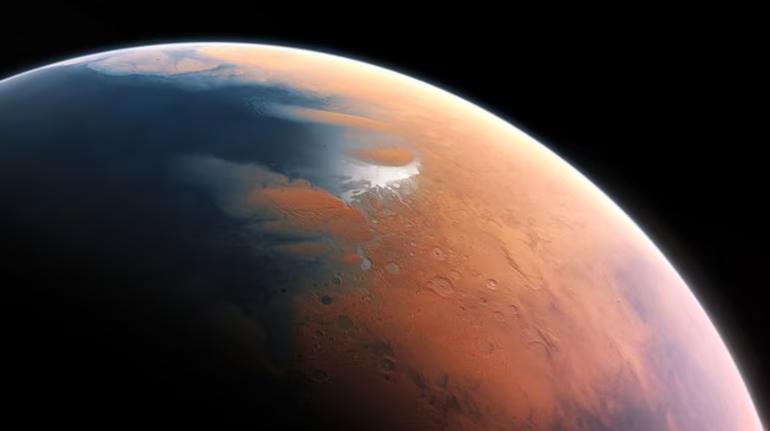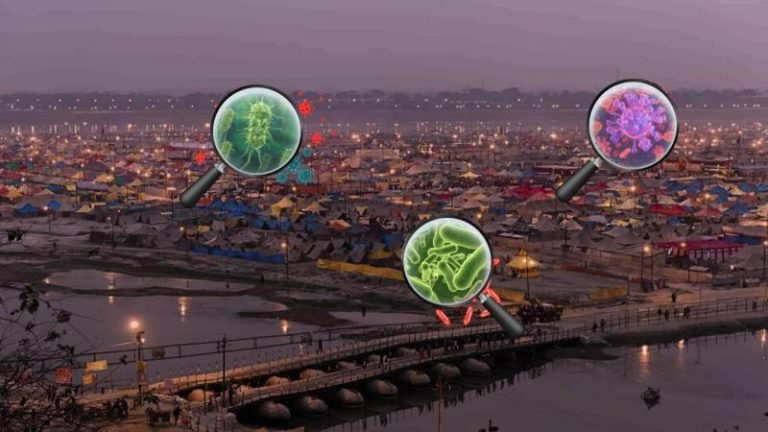
Mars May Have Once Had Rain & Snowfall, Finds New Study
The Red Planet, Mars, has long been a subject of fascination for scientists and space enthusiasts alike. With its barren, arid landscape and towering mountains of rust-colored soil, it’s hard to imagine that Mars was once a very different place. But, according to a recent study by the University of Colorado Boulder, Mars may have once experienced rainfall and snowfall, feeding valleys and channels. This finding has significant implications for our understanding of the Martian environment and the possibility of life on the planet.
The study, published in the journal Science, analyzed data from NASA’s Mars Reconnaissance Orbiter and found evidence of ancient rivers and lakes on the Martian surface. The researchers used a combination of satellite imagery and computer modeling to recreate the Martian environment over 4 billion years ago, when the planet was much warmer and wetter than it is today.
At least some water existed on the surface of Mars around 4 billion years ago, but the source of that water has not been ascertained yet. The new study suggests that Mars may have had a hydrological cycle similar to that of Earth, with water evaporating from the surface and falling back to the ground as rain and snow.
“This is a game-changer for understanding Mars’ climate and habitability,” said Dr. Joseph Michalski, a co-author of the study and a geologist at the University of Colorado Boulder. “We’ve long known that Mars had water in the past, but we didn’t know where it came from or how it interacted with the Martian environment.”
To reach their conclusions, the researchers used a technique called “digital terrain analysis,” which involves creating detailed 3D models of the Martian surface from satellite images. By analyzing the shape and size of the valleys and channels, the team was able to reconstruct the flow of water on Mars over millions of years.
The study found that Mars’ ancient rivers and lakes were likely fed by rainfall and snowmelt, just like those on Earth. This, in turn, would have created a habitable environment for life to thrive. The researchers suggest that the presence of water on Mars may have played a key role in the development of life on the planet.
While the study provides strong evidence for a watery past on Mars, it’s still unclear whether life ever actually existed on the planet. However, the discovery of ancient rivers and lakes on Mars raises the possibility that life may have emerged on the planet at some point in its history.
The findings of the study also have significant implications for future missions to Mars. NASA and other space agencies have been planning to send humans to Mars in the coming decades, and understanding the planet’s climate and habitability will be crucial for those missions.
“Mars is a very different place than it was 4 billion years ago,” said Dr. Michalski. “But understanding its past can help us better plan for its future. By studying the Martian environment, we can gain insights into how life might have emerged on the planet, and what kind of conditions might be necessary for life to thrive.”
In conclusion, the new study suggests that Mars may have once experienced rainfall and snowfall, creating a habitable environment for life to thrive. While the source of the water remains a mystery, the discovery of ancient rivers and lakes on Mars provides strong evidence for a watery past on the planet. As we continue to explore Mars and search for signs of life, this study reminds us of the importance of understanding the Martian environment and its potential for supporting life.






